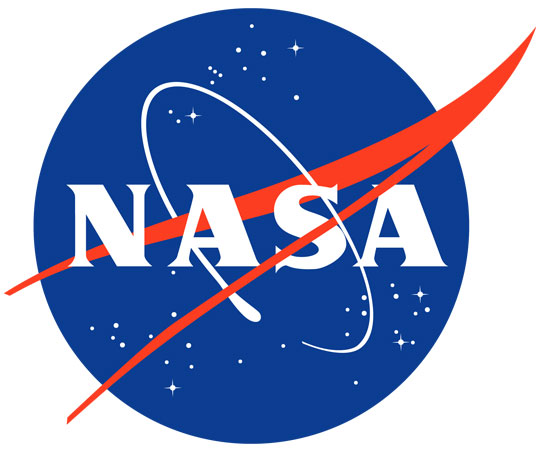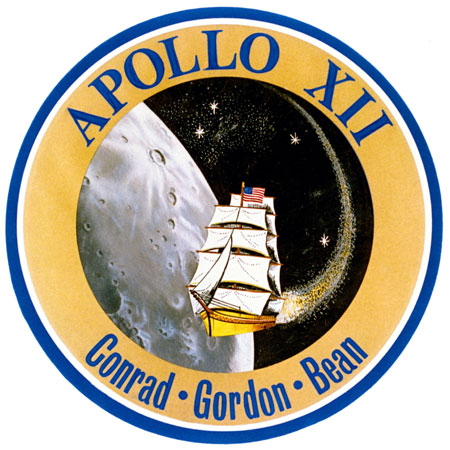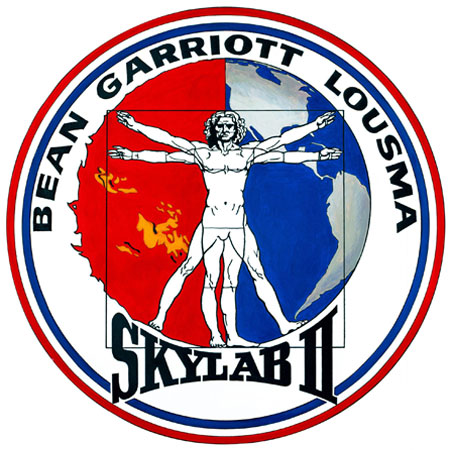M y father, Alan was born on March 15, 1932 to Arnold and Frances Bean in Wheeler, Texas. Arnold was a soil scientist for the U.S Department of Agriculture, and his work took the Bean family throughout small towns in Texas and Louisiana, eventually settling in Fort Worth when Dad was in middle school.
y father, Alan was born on March 15, 1932 to Arnold and Frances Bean in Wheeler, Texas. Arnold was a soil scientist for the U.S Department of Agriculture, and his work took the Bean family throughout small towns in Texas and Louisiana, eventually settling in Fort Worth when Dad was in middle school.
From a young age, Dad had a passion for flight which led him to join the Naval Reserves and then earn an aeronautical engineering degree through a Naval ROTC scholarship at The University of Texas at Austin. A Naval Aviator, he flew A4s off the coast of Florida, and earned a spot at the United States Naval Test Pilot School where Naval aircraft are pushed to their limits before deployment to the fleet.
I n 1963 Dad was selected in the 3rd Astronaut group. They were the men who were expected to fly Apollo to the moon, and they did. On Dad’s first space flight he was the Lunar Module Pilot for the Apollo 12 crew with Commander Pete Conrad, and Command Module Pilot Dick Gordon. Their Saturn V rocket was struck by lightning less than a minute after launch throwing the spacecraft’s electrical system offline, but with the expertise of Mission Control Dad famously flipped the “SCE-to-Aux” switch to reset the system and the mission was saved. Conrad, Gordon, and Bean explored the moon’s Ocean of Storms in November 1969.
n 1963 Dad was selected in the 3rd Astronaut group. They were the men who were expected to fly Apollo to the moon, and they did. On Dad’s first space flight he was the Lunar Module Pilot for the Apollo 12 crew with Commander Pete Conrad, and Command Module Pilot Dick Gordon. Their Saturn V rocket was struck by lightning less than a minute after launch throwing the spacecraft’s electrical system offline, but with the expertise of Mission Control Dad famously flipped the “SCE-to-Aux” switch to reset the system and the mission was saved. Conrad, Gordon, and Bean explored the moon’s Ocean of Storms in November 1969.
Dad returned to space as the Commander of the Skylab II mission in 1973. Spending 59 days aboard America’s first space station orbiting 270 miles over the Earth with US Marine Pilot Jack Lousma and Scientist Owen Garriott. Dad believed he was the Best Astronaut he could be aboard Skylab. He was a seasoned Astronaut by then, and the crew accomplished 150% of their goals, an unbeaten NASA record.
 In 1981 my father left the space program to pursue a new dream, to paint the story of Apollo, what he saw and felt on the moon as only a man who has been there can. Inspired by Explorer Artists, Fredric Remington and Charles Russell who painted man’s journey into the American West, Dad painted man’s first journey from Earth to explore our moon. “An Astronaut who became an Artist” is how Dad described himself when first left NASA. Later he realized “I am an Artist who was lucky enough to be an Astronaut.”
In 1981 my father left the space program to pursue a new dream, to paint the story of Apollo, what he saw and felt on the moon as only a man who has been there can. Inspired by Explorer Artists, Fredric Remington and Charles Russell who painted man’s journey into the American West, Dad painted man’s first journey from Earth to explore our moon. “An Astronaut who became an Artist” is how Dad described himself when first left NASA. Later he realized “I am an Artist who was lucky enough to be an Astronaut.”
My father was healthy and active till the end, painting at his easel days before his death from a stroke on May 26, 2018.



Featured Artwork
Rock and Roll on the Ocean of Storms by Alan Bean
Rock ‘n’ Roll on the Ocean of Storms
Painting Completed 2002, 14 1/2 “ x 19”, Acrylic on Aircraft Plywood
Pete Conrad and I were 2 hours and 5 minutes into our second moonwalk and were approaching the south rim of Surveyor Crater when Houston asked us to take a short rest and to check our suits and backpacks. As we rested, Pete took interest in a loaf shaped rock and he wanted to pick it up, but realized that it was simply too big for his tongs. Kneeling down was the next option but our spacesuits would make it difficult and we would get our suits even dirtier.
As Pete stood looking longingly at the aforementioned rock, I looked longingly at a long strap on the bag attached to Pete’s backpack. The bag would be used to carry the Surveyor TV camera and other assorted parts back to the lunar module for our return home. I said, “Pete, let me reach back here and grab this strap… Okay, now go.” I lowered and Pete reached, he called out, “Let me roll, a little bit over…Atta boy…back up.”
In just a few brief seconds we demonstrated the first Rock ‘n’ Roll anywhere other than planet Earth. It was a special moment in lunar history but was it a moment in music history? You can be the judge.
The NASA sample number of this special rock is 12051. It’s mainly olivine basalt. The weight is 1660 grams and it measures 16x11x7 centimeters. Since Pete, Dick, and I brought it back from the Ocean of Storms, it resides in the Lunar Sample Laboratory Facilities, Houston, Texas, USA.
To give this painting a special authenticity, the painted moonrock Pete is reaching to pick up contains a real moonrock. It is a piece of the lunar meteorite LunLab 05, found in 2001 in Oman and is classified as an anorthositic crystalline melt breccia.
Click below to hear Alan Bean
tell the story behind the painting.
“You do not need exceptional talents
or gifts to do something great,
but with sufficient effort and
dedication you can learn greatness.”
Alan Bean
Astronaut, Moonwalker, Artist
“Nothing is more important
than the dreams we hold today.
There is no better time than now
to achieve those dreams.”
Alan Bean
Astronaut, Moonwalker, Artist
